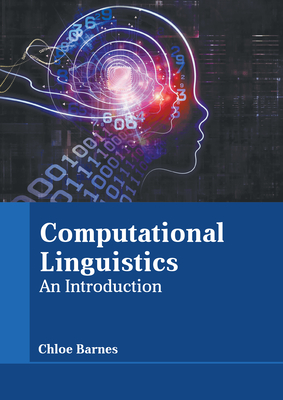Sparse Transcription
IF 5.3
2区 计算机科学
Q2 COMPUTER SCIENCE, ARTIFICIAL INTELLIGENCE
引用次数: 29
Abstract
Abstract The transcription bottleneck is often cited as a major obstacle for efforts to document the world’s endangered languages and supply them with language technologies. One solution is to extend methods from automatic speech recognition and machine translation, and recruit linguists to provide narrow phonetic transcriptions and sentence-aligned translations. However, I believe that these approaches are not a good fit with the available data and skills, or with long-established practices that are essentially word-based. In seeking a more effective approach, I consider a century of transcription practice and a wide range of computational approaches, before proposing a computational model based on spoken term detection that I call “sparse transcription.” This represents a shift away from current assumptions that we transcribe phones, transcribe fully, and transcribe first. Instead, sparse transcription combines the older practice of word-level transcription with interpretive, iterative, and interactive processes that are amenable to wider participation and that open the way to new methods for processing oral languages.稀疏的转录
转录瓶颈通常被认为是记录世界濒危语言和为其提供语言技术的主要障碍。一种解决方案是扩展自动语音识别和机器翻译的方法,并聘请语言学家提供窄音标和句子对齐的翻译。然而,我认为这些方法并不适合现有的数据和技能,也不适合长期以来以文字为基础的实践。在寻求更有效的方法时,我考虑了一个世纪的转录实践和广泛的计算方法,然后提出了一个基于口语术语检测的计算模型,我称之为“稀疏转录”。这代表了当前假设的转变,即我们转录电话,完全转录,首先转录。相反,稀疏转录将旧的单词级转录实践与解释,迭代和互动过程相结合,这些过程适合于更广泛的参与,并为处理口头语言的新方法开辟了道路。
本文章由计算机程序翻译,如有差异,请以英文原文为准。
求助全文
约1分钟内获得全文
求助全文
来源期刊

Computational Linguistics
工程技术-计算机:跨学科应用
CiteScore
15.80
自引率
0.00%
发文量
45
审稿时长
>12 weeks
期刊介绍:
Computational Linguistics, the longest-running publication dedicated solely to the computational and mathematical aspects of language and the design of natural language processing systems, provides university and industry linguists, computational linguists, AI and machine learning researchers, cognitive scientists, speech specialists, and philosophers with the latest insights into the computational aspects of language research.
 求助内容:
求助内容: 应助结果提醒方式:
应助结果提醒方式:


